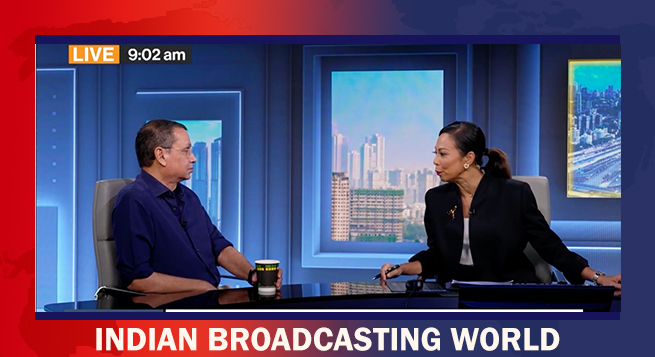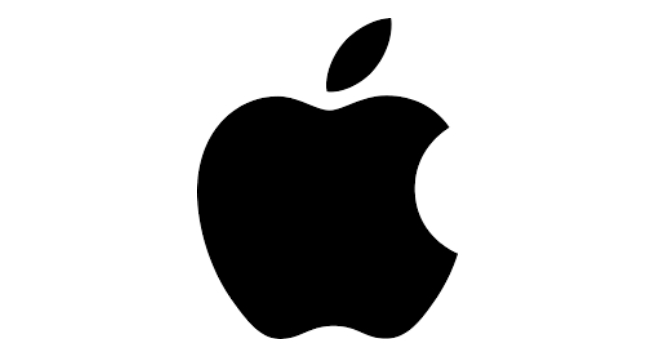Apple Inc. said parts shortages are easing and that demand for iPhones is unceasing despite consumers tightening other spending, helping it top Wall Street expectations and forecast faster sales growth ahead.
Though macroeconomic indicators around the world are turning negative, Chief Financial Officer Luca Maestri told Reuters on Thursday there had been no slowdown in demand for iPhones, the company’s biggest source of revenue.
Phone sales in the fiscal third quarter rose 3 percent to $40.7 billion, when Wall Street had braced for a 3 percent decline. By contrast, the overall global smartphone market dropped 9 percent during the just-ended quarter, according to Canalys data.
Apple‘s loyal and relatively affluent customer base has enabled it to weather consumer spending dips better than other brands in the past, and the company’s latest quarterly results suggest a similar pattern emerging.
Canalys Research analyst Runar Bjorhovde said, “Apple in that sense has a certain robustness that will allow it to be impacted less than a lot of its competitors.”
The results show Apple’s advertising business, which includes selling ads alongside news articles and app store search results, is vulnerable to marketing cuts just the same as rivals Snap Inc. and Meta Platforms Inc.
Parts shortages will continue to hamper Mac and iPad sales, Maestri said, though the impact has been easing. They cost Apple under $4 billion in sales in the quarter ended June 25, less than it had forecast.
“In terms of testing the demand, you can’t really test the demand unless you have the supply,” Apple Chief Executive Tim Cook told analysts on Thursday. “And we were so far from that last quarter that we have an estimate of what we believe demand was. But it is an estimate.”
Citing the economic uncertainty, Apple said it was not providing specific revenue guidance. But it said sales compared to a year ago should rise faster in the current quarter than the 2 percent growth it posted in the just-ended quarter.
Overall, Apple said quarterly sales and profit were $83.0 billion and $1.20 per share, above estimates of $82.8 billion and $1.16 per share, according to Refinitiv data.
The rising U.S. dollar has hit many companies such as Apple that generate substantial foreign revenue and are getting less cash back when they convert it. Apple said currency fluctuations slashed sales by 3 percent in the June quarter and would crimp them by 6 percent in the current quarter.
Shuttering its business in Russia earlier this year due to the war also has hurt sales.
Apple, like many of its tech industry peers, is slowing hiring and cutting costs given the tough economic climate. Cook said Thursday that Apple was “being more deliberate in (hiring) in recognition of the realities of the environment”.
Apple also is confronting slow overall economic growth in China, where its fiscal third-quarter sales were $14.6 billion.
Growth in the company’s services business, which has provided a boost to sales and profits in recent years, was 12 percent, below the previous year’s 33 percent rate and resulting in $19.6 billion in revenue, below estimates of $19.7 billion.
Apple said it now has 860 million paying subscribers to its services, up from the previous quarter’s 825 million.
 Rahul Sinha takes charge of Zee News’ DNA
Rahul Sinha takes charge of Zee News’ DNA  JioStar vice-chair Uday Shankar on surge in streaming subs, trade tariff challenges
JioStar vice-chair Uday Shankar on surge in streaming subs, trade tariff challenges  AIDCF team discusses industry issues with Vaishnaw
AIDCF team discusses industry issues with Vaishnaw  PM Modi: WAVES will empower Indian content creators go global
PM Modi: WAVES will empower Indian content creators go global  Sunrise Spices, Hoichoi celebrate Bengal’s essence with ‘Swadkahon’ cultural showcase
Sunrise Spices, Hoichoi celebrate Bengal’s essence with ‘Swadkahon’ cultural showcase  Spotify launches Ad Exchange, generative AI ads in India
Spotify launches Ad Exchange, generative AI ads in India  Riteish Deshmukh unveils trailer of ‘ Zapuk Zupuk’
Riteish Deshmukh unveils trailer of ‘ Zapuk Zupuk’  John Malone to step down from WBD board
John Malone to step down from WBD board  ‘Khudaya Ishq’ song from ‘Abir Gulal’ released today
‘Khudaya Ishq’ song from ‘Abir Gulal’ released today 








